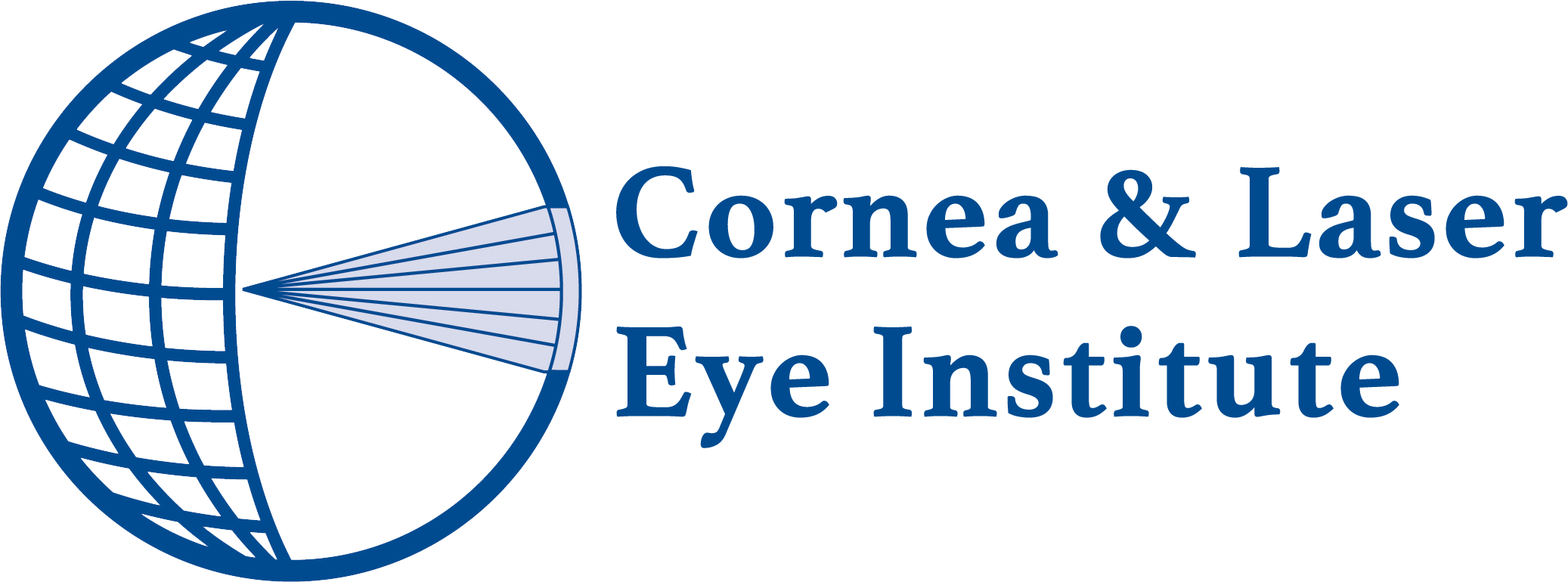
As we age, our eyes undergo various changes, and one of the most common conditions that can affect our vision is cataracts. Cataracts are a clouding of the eye’s natural lens, causing blurred or distorted vision. When cataracts begin to interfere with daily activities, cataract surgery may be recommended to restore clear vision. If left untreated, cataracts can eventually lead to significant vision loss, making it challenging to perform everyday tasks and compromising your overall quality of life.
Fortunately, cataract surgery is a safe and effective way to treat cataracts. And in recent years, a revolutionary new technology called the Light Adjustable Lens (LAL) has emerged, offering patients a customizable solution for cataract treatment.
What is a Light Adjustable Lens (LAL)?
A Light Adjustable Lens (LAL) is a type of intraocular lens (IOL) implanted during cataract surgery. Unlike traditional IOLs, which have a fixed prescription, LALs can be adjusted and fine-tuned after the surgery to achieve optimal visual outcomes.
The LAL is made of a unique photosensitive material that can be reshaped using precisely controlled ultraviolet (UV) light treatments. After the initial cataract surgery and lens implantation, your ophthalmologist will perform a series of light treatments to adjust the lens power and correct any residual refractive errors, such as nearsightedness, farsightedness, or astigmatism.
This customizable approach offers several benefits, including:
- Improved visual acuity and clarity
- Reduced dependence on glasses or contact lenses
- Increased precision in correcting refractive errors
- Flexibility to adjust the lens as your vision needs change over time
Initial Consultation: What to Expect
The journey to cataract surgery with an LAL implant begins with an initial consultation with your ophthalmologist. During this appointment, your doctor will conduct a comprehensive eye examination to evaluate the severity of your cataracts and assess your overall eye health.
Be prepared to discuss your medical history, any medications you are taking, and any vision-related concerns or symptoms you have been experiencing. Your ophthalmologist will also explain the various treatment options available, including the benefits and potential risks associated with each approach.
If an LAL implant is recommended, your doctor will provide detailed information about the procedure, the post-operative adjustment process, and what you can expect throughout the recovery period.
The Day of Surgery: A Step-by-Step Guide
On the day of your cataract surgery, it’s crucial to follow your ophthalmologist’s instructions carefully to ensure a smooth and successful procedure. Here’s a general overview of what you can expect:
- Pre-operative Preparation: Upon arrival at the surgery center, you will receive eye drops or other medications to help dilate your pupils and numb the eye area.
- Anesthesia: Cataract surgery is typically performed under local anesthesia, which numbs the eye area while keeping you awake and comfortable throughout the procedure.
- Surgical Procedure: The surgery itself is relatively quick, often taking less than 30 minutes. Your ophthalmologist will make a small incision in the eye and carefully remove the clouded natural lens, replacing it with the LAL implant.
- Post-operative Instructions: After the surgery, you will be monitored for a short period and provided with detailed post-operative instructions, including information on eye drops, activity restrictions, and follow-up appointments.
Remember, it’s essential to have someone accompany you to and from the surgery center, as your vision may be temporarily impaired, and you will not be able to drive immediately after the procedure.
Post-Surgery Care and Recovery Tips
After your cataract surgery, it’s essential to prioritize your recovery and follow your ophthalmologist’s instructions closely. Here are some tips to help ensure a smooth and successful healing process:
- Avoid strenuous activities: Refrain from strenuous physical activities, heavy lifting, or bending over for the first week to prevent complications and allow your eye to heal properly.
- Protect your eyes: Wear sunglasses or protective eyewear when outdoors to shield your eyes from bright light, dust, and debris.
- Follow your medication regimen: Take all prescribed eye drops and medications as directed to prevent infection, manage inflammation, and promote healing.
- Attend follow-up appointments: Keep all scheduled follow-up appointments with your ophthalmologist to monitor your progress and make any necessary adjustments to your LAL implant.
- Avoid certain activities: Refrain from activities, such as swimming, hot tubs, or saunas, until your ophthalmologist gives you the go-ahead.
- Stay hydrated and well-rested: Drink plenty of fluids and get adequate rest to support your body’s natural healing process.
Remember, the recovery process can vary from person to person, so it’s essential to be patient and follow your doctor’s guidance closely.
Adjusting Your Light Adjustable Lens: The Post-Op Process
One of the unique aspects of the LAL implant is the ability to fine-tune the lens power after surgery through a series of light treatments. This process typically begins a few weeks after your initial cataract surgery and involves the following steps:
- Vision Testing: Your ophthalmologist will conduct a series of comprehensive vision tests to assess your visual acuity and identify any remaining refractive errors.
- Light Treatment: Based on the vision testing results, your doctor will use a specialized light delivery device to apply precisely controlled ultraviolet (UV) light to the LAL implant. This light exposure causes the photosensitive material in the lens to reshape, adjusting its power and correcting any residual refractive errors.
- Stabilization Period: After each light treatment, there is a stabilization period of a few days to allow the lens to fully adjust to its new shape.
- Follow-up Testing: Once the lens has stabilized, your ophthalmologist will perform additional vision tests to evaluate the effectiveness of the adjustment and determine if further light treatments are necessary. When your vision has been optimized, a final lock-in procedure will be performed.
This iterative process involves multiple light treatment sessions until your vision is optimized to your desired level of clarity and sharpness.
Conclusion: Achieving Clear Vision with Light Adjustable Lenses
Cataract surgery with a Light Adjustable Lens (LAL) implant represents a significant advancement in the treatment of cataracts and vision correction. By following the comprehensive preparation and recovery guidelines outlined in this guide, you can increase your chances of a successful procedure and achieve optimal visual outcomes.
Remember, clear communication with your ophthalmologist and adherence to their instructions are crucial throughout the entire process. With the right preparation and care, you can look forward to regaining clear, sharp vision and enjoying a renewed quality of life.
If you’re considering cataract surgery with a Light Adjustable Lens (LAL) implant, don’t hesitate to schedule a consultation with our experienced team of ophthalmologists. We’ll guide you through every step of the process, ensuring you have the information and support you need to make an informed decision about your vision care.



